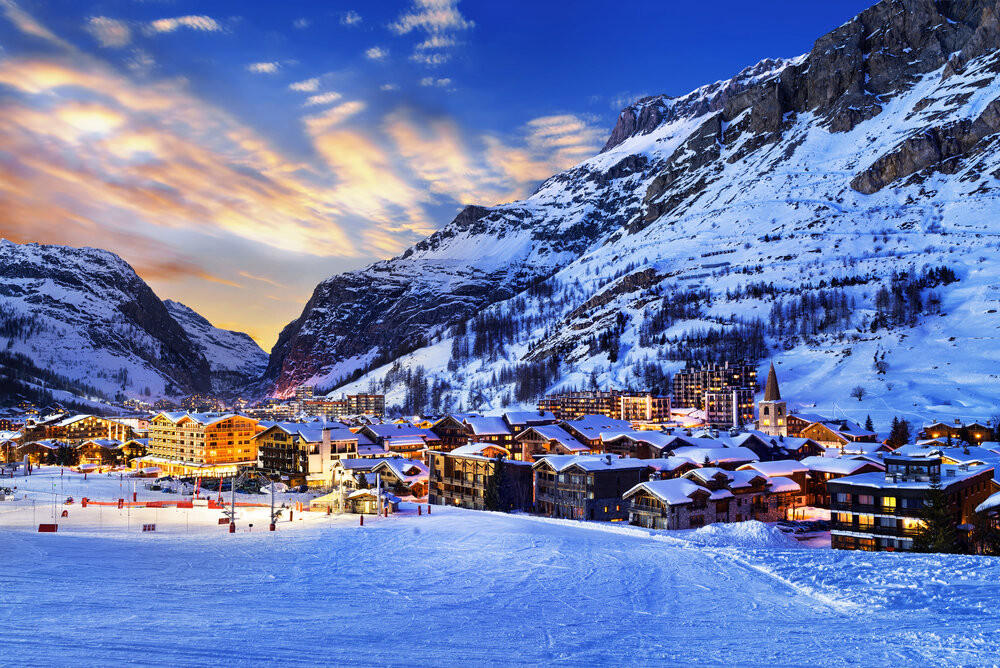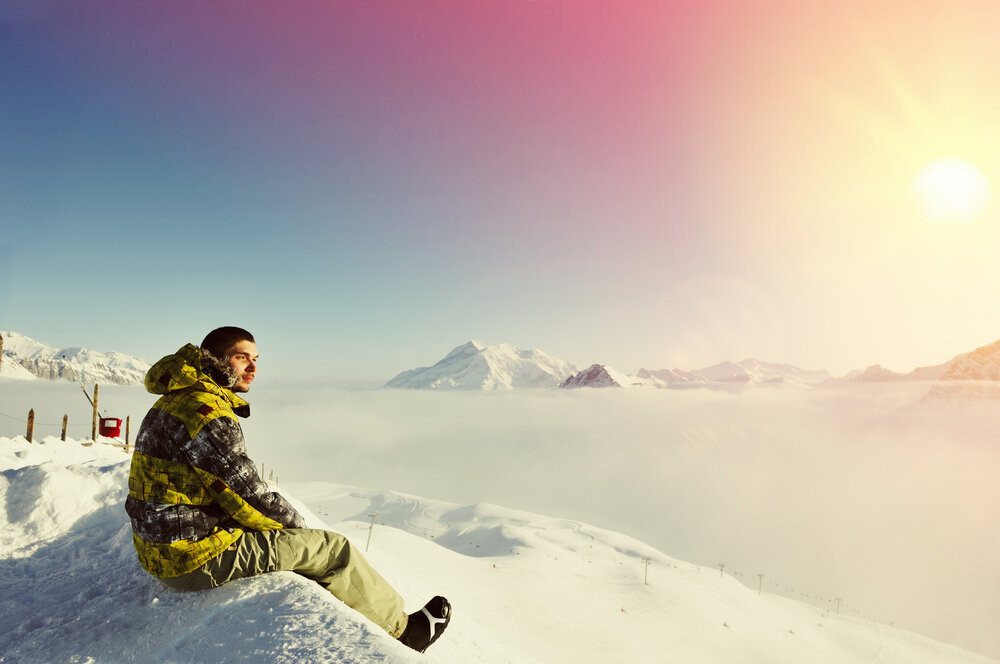
When it comes to booking a ski holiday there is arguably one thing that is more important than anything else.
How good is the snow?
It’s all well and good looking for the most stylish accommodation with all mod cons, or seeking out a resort where you know you’ll be able to sample top class cuisine and be entertained until the early hours, but that will count for little if the quality of the skiing isn’t up to scratch.
But how can you ensure that when you reach your resort, you’ll be greeted by the best snow possible and can simply head off to the slopes and have some fun?
Well for a start, there is the small matter of how high the ski resort sits, with altitude being a key factor in how good the snow is likely to be.
Although it will be obvious to some, the higher in the mountains you go, the lower the temperature will be, which in turn means you can expect to be greeted by higher levels of snow.
That means there is the possibility of huge variations in the amount, and quality, of the snow from one resort to the next, and even in different areas of the same resort.
In Val d’Isere for example, the temperature can fall by as much as 15 degrees when you leave the actual village and head for the top of the slopes, with the lower temperatures helping to provide better quality snow.
Actually getting the snow is one thing, but keeping it is another and that’s another reason why resorts such as Val d’Isere are so popular year-on-year with people looking to enjoy some winter fun.
That’s because the French resort is one that features slopes that are north-facing, which might not mean a great deal until you consider that the north-facing slopes don’t take direct sunlight.

Away from the direct sunlight, there is a better chance of retaining the snow that has fallen, particularly at the start and the end of the season when the higher levels of sun and warmer temperatures could have a greater impact on how quickly the snow can disappear.
In a similar vein, the more sheltered the slopes are, the more you can expect to see the resort retain its snow.
So as well as looking for a north-facing high altitude with plenty of shelter, what can you do to try and find the best possible snow?
Again, it’s something that might sound obvious, but consider what time of year you want to book your ski break if you want to ensure that the snow is at its best.
Go early in the season when the snow is just starting to fall and you may encounter slopes that are harder with more ice, simply because the snow levels have yet to build up. Wait until the season is drawing to a close and you’ll have to deal with the rising temperatures that will mean snow is starting to melt.
As a result, should you want to ski either at the start or the end of the season, you’re best off going for a high altitude resort where the snow will last for longer.
The notable exception is if you find a resort that is located in a glacial area.
Obviously, you don’t want to ski on the ice of a glacier, but that ice acts as the ideal base for the snow above – being akin to a giant refrigerator that will help to keep the snow above nice and fresh
Away from the glaciers and the high altitude resorts, then slopes with a lower gradient also tend to keep their snow better than steep slopes - which is something worth considering.
You might also want to consider how the slopes are looked after, as those that are carefully groomed and well maintained should maintain their snow levels longer than those that aren’t given the same levels of attention.
If you have the option of a resort that has its own snow making facilities, that’s also a bonus – because the investment made will help to ensure the best possible base on which to launch your skiing adventure.


